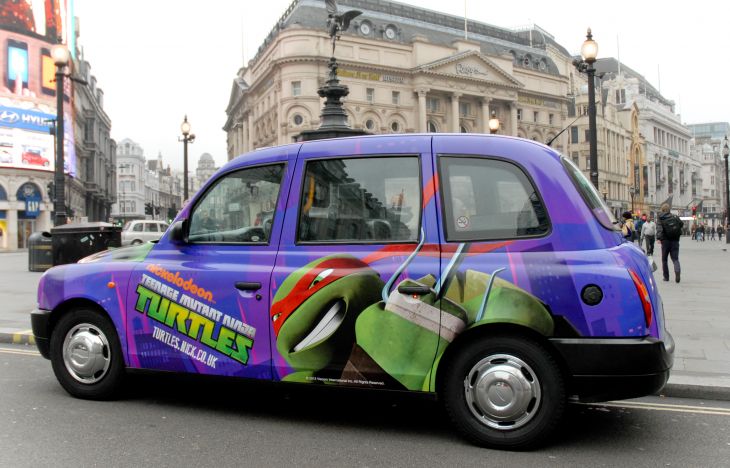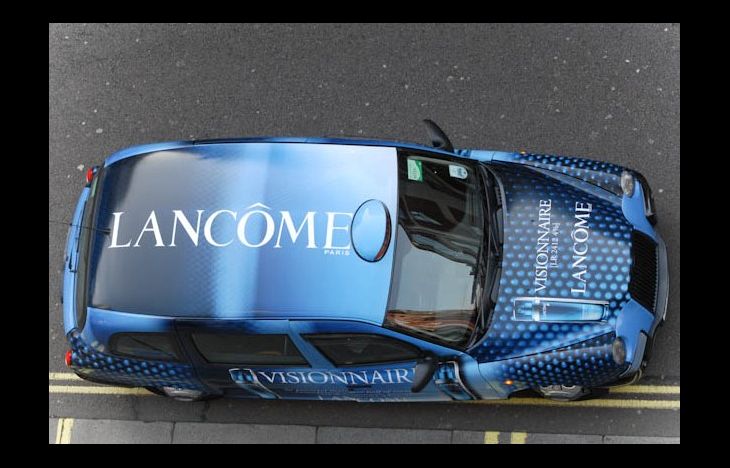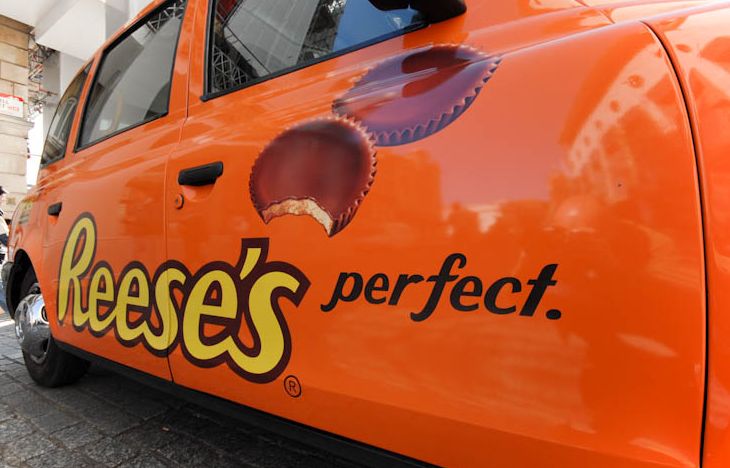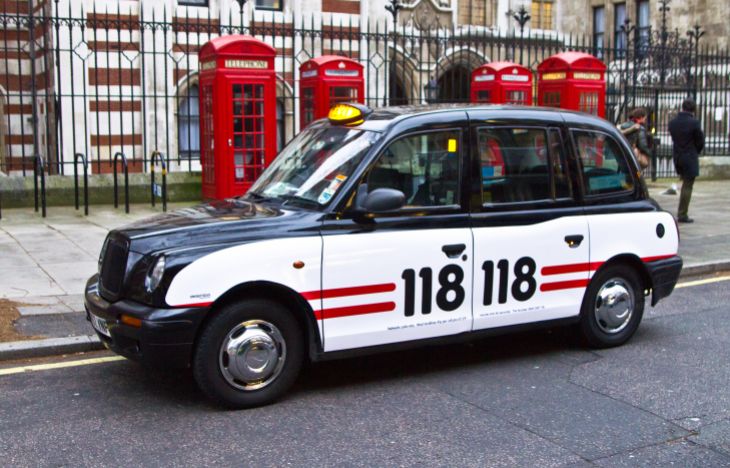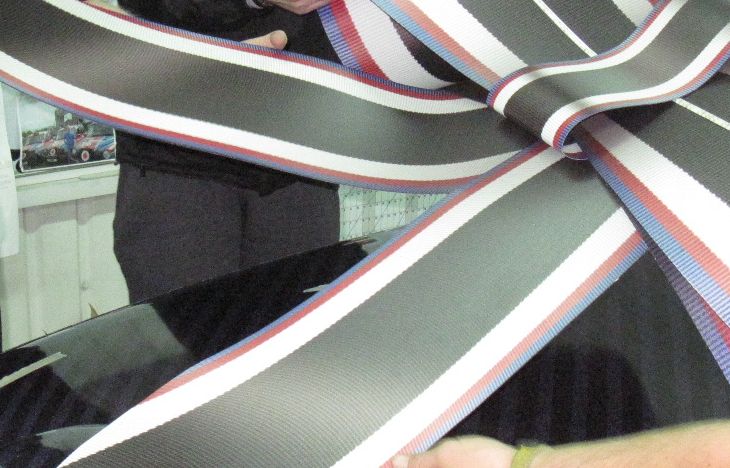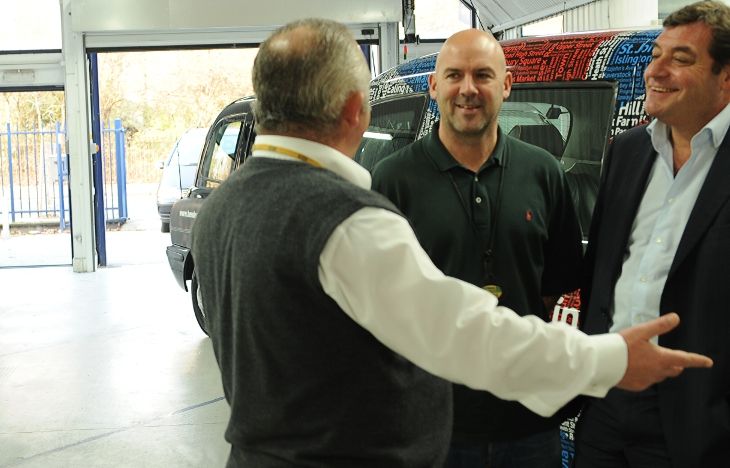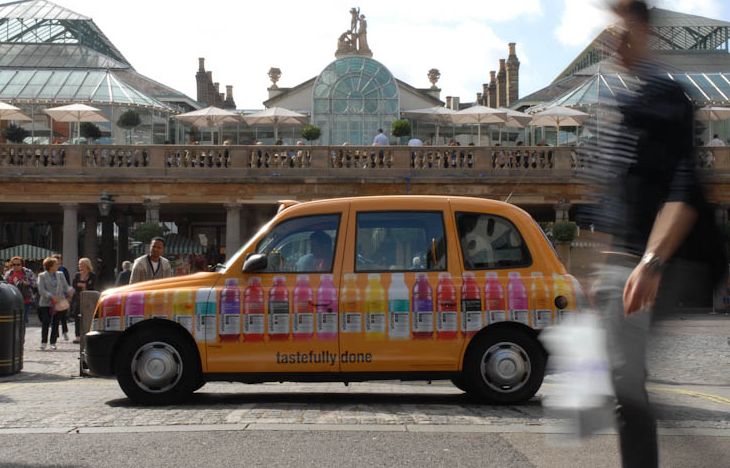So far this year we’ve been fortunate enough to secure a number of campaigns from fashion and cosmetics clients; some have used
taxi advertising before, so are familiar with the medium, but others have been harder to win; they’re new to taxis and so had to be persuaded of the brand benefits. Added to this, many prestige clients are based outside the UK and may be unfamiliar with how taxi advertising looks in this country. These are challenges that will ring true with any media sales professional, and overcoming them is part and parcel of the selling process. However, we often find that the challenges don’t stop when the booking sheet is signed; sometimes creative complications arise and these can be deal-breakers or can threaten to undo all that good salesmanship. Sure, many Creatives experience problems adapting their client’s existing campaign to an unfamiliar format, but frequently we find that the issue isn’t because of unfamiliarity so much as nervousness to change a layout that has already been ‘signed off’.
I have mentioned fashion and cosmetic clients because ‘brand look’ is of paramount importance to them, but they are by no means unique in this. Many clients create campaigns that are shot seasonally and are precisely formatted according to brand guidelines, achieving maximum emotional or aesthetic impact. Campaigns which, once signed off, are only altered after prolonged consideration by a team of people who often reside in different countries. This isn’t a dig at image conscious clients, it’s simply an acknowledgement that we understand how awkward it can be when we say, ‘your artwork layout doesn’t work for a taxi; we suggest you alter it.’ Many such problematic campaigns have already been specifically created with portrait magazine or poster ads in mind, and once shot can’t be easily revisited; that window of opportunity has closed. And so the creative agency or in-house designer is asked to adapt a very prescriptive layout to a very unusual format: taxis. It’s at this point that we, and the media agencies we work with, should step up and offer constructive and relevant creative guidance; after all, we’ve successfully pitched taxis on the basis that the brand will look great and the campaign will be effective. This is where being an expert in your field and understanding the overall effect that the client wishes to maintain, really matter. It is here, after the deal is done, that media owners and agencies are often asked to earn their dough and quite rightly too, as I believe that we have a responsibility to ourselves and Outdoor as a whole, to deliver the best campaign possible.
Every day there are established clients trying new formats, new formats reaching out to established clients; sometimes there are new clients launching on to new formats, which makes everyone nervous. Somewhere along the line, someone is spending brand money on an idea they’ve not tried before, which can be a risk. They’ve probably persuaded internal stakeholders that taxis, for example, are great for the campaign, but what if they have to go back to the board again and tell them that the artwork doesn’t work on the format they’ve championed? Having persuaded them to take this risk, we have a responsibility to provide support from start to finish, ensuring that their risk pays off. The easy route would be to simply take the artwork and run it, regardless of how uninspiring it is, but nobody wins then; the client thinks that the medium isn’t a good place for their brand and we, as media owners, know that our format could have looked better. It’s a delicate line to walk, telling the client that the artwork that they’ve submitted really doesn’t work, but for the sake of campaign effectiveness and brand aesthetics, sometimes you just have to put your art director’s hat on, (even if you’re a media sales guy), and do the right thing: speak your mind.
This path might result in pushed deadlines and stress, but at the end of the day, the client got out of their comfort zone and booked a new format, so we should get out of ours and have the conversation about improving the artwork. In our experience providing the best service, rather than the easiest service, is always worth the effort.
ANDREW BARNETT
